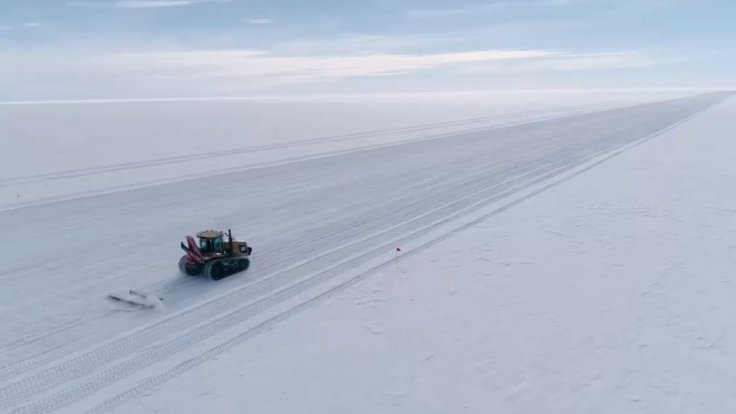
Thwaites, one of the largest glaciers in Antarctica that measures more than 70,000 miles may soon push earth to a catastrophic state, as the gigantic glacier is on the verge of melting, experts believe that it could cause a deadly 20-inch global sea-level rise.
A NASA funded study in Antarctica revealed that this melting could be complete within the next 150 years. Researchers who took part in the study predicts that this upcoming sea-level rise will be two-and-a-half times bigger than the already recorded 7.8 inches sea level rise since pre-global-warming levels of the late 19th century.
Researchers, in their study, noted that a glacier usually becomes unstable when warm seawater reaches land which slopes downwards. It should be noted that the point where a hanging glacier, bedrock and sea meet is called the grounding line. When the bedrock becomes deeper, seawater will start exerting more pressure on the glacier, thus accelerating its flow into the sea.
The study report, published in the journal Proceedings of the National Academy of Sciences, suggested that it is pretty difficult to forecast the melting rate in the future due to the instability of the glacier.
"If you trigger this instability, you don't need to continue to force the ice sheet by cranking up temperatures. It will keep going by itself, and that's the worry. Climate variations will still be important after that tipping point because they will determine how fast the ice will move," said Alex Robel, an assistant professor at the Georgia Tech's School of Earth and Atmospheric Sciences, and the lead author of the study.
A few weeks back, another study conducted by researchers at the University of California had suggested that the melting of Greenland glacier in Antarctica is progressing at a much faster rate than previously thought. The research report also added that the melting of ice in Antarctica has increased by six folds since 1972.









